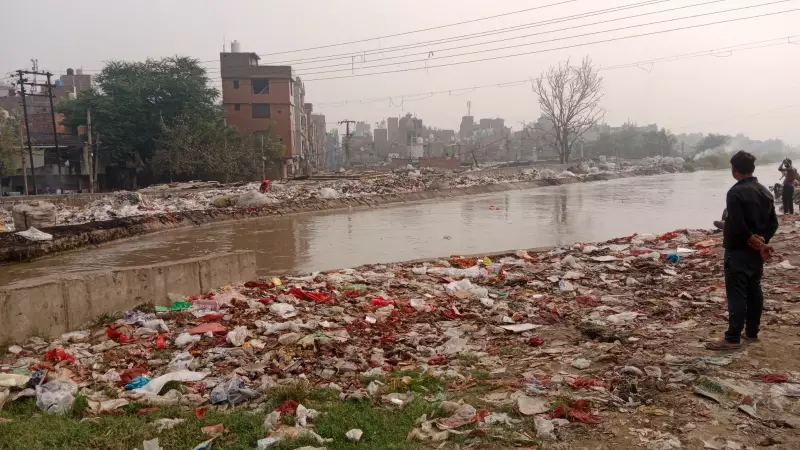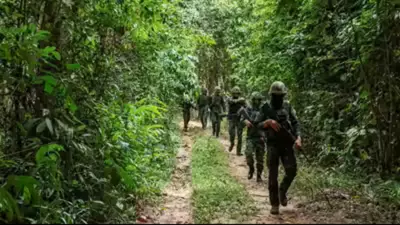
Environmental experts are raising urgent alarms about a severe contamination crisis threatening Delhi's drinking water supply. A critical canal that feeds water to millions of residents has transformed into a hazardous dumping ground, creating what activists call a "recipe for disaster."
The Shocking Transformation
What was once a vital water channel has now become an open toilet and garbage disposal site. The canal, which branches off from the Yamuna river near Wazirabad, shows visible contamination with solid waste and evidence of open defecation along its banks.
"This isn't just negligence—it's a public health emergency waiting to happen," warned environmentalist Brij Gopal, who has been monitoring the situation closely. "The very water that millions depend on for drinking and daily use is being compromised at its source."
Multiple Threats to Water Security
The contamination presents a triple threat to Delhi's water security:
- Biological contamination from human waste entering the water system
- Chemical pollution from plastic breakdown and garbage decomposition
- Physical blockages that could affect water flow and treatment efficiency
Treatment Plants Under Pressure
Water treatment facilities downstream face enormous challenges in purifying this contaminated water. While these plants are equipped to handle normal levels of impurities, the current level of pollution puts unprecedented strain on the treatment process.
"Our treatment systems are robust, but they have limits," explained a water department official who wished to remain anonymous. "When source water is this compromised, it becomes exponentially more difficult to ensure safety standards."
Call for Immediate Action
Environmentalists are demanding urgent intervention from multiple agencies:
- Immediate cleanup of the canal and surrounding areas
- Installation of protective barriers and regular monitoring
- Community awareness programs about water source protection
- Strict enforcement against dumping and defecation
The situation highlights the fragile state of urban water infrastructure and the critical need for coordinated action between citizens, local authorities, and environmental agencies to protect this precious resource.





